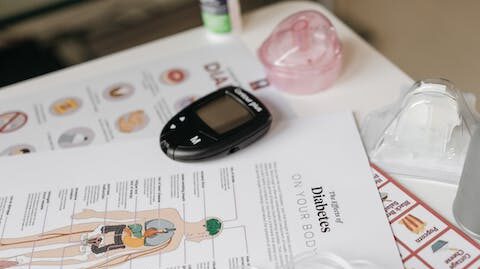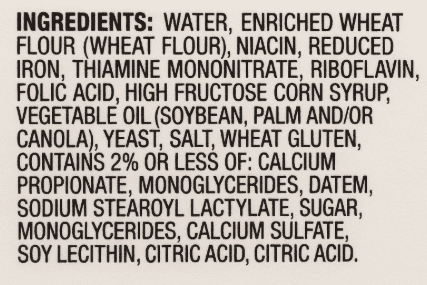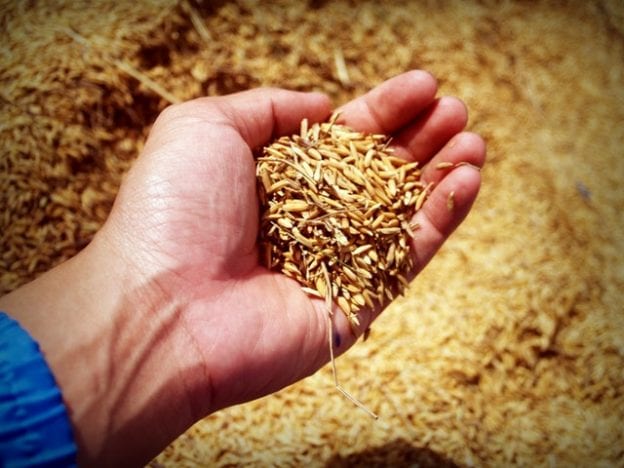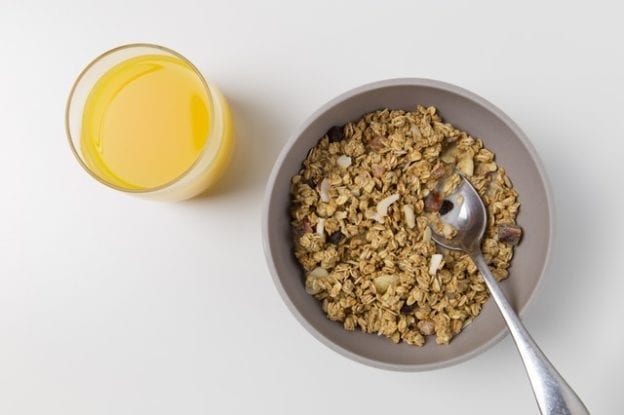A1C Chart: A Guide to Understanding Your Results
The A1C chart is a valuable tool for understanding your blood sugar control. It measures the average amount of glucose attached to your hemoglobin, the protein in your blood that carries oxygen. A high A1C level means that you have too much glucose in your blood, which can lead to complications such as heart disease, stroke, and kidney disease.









